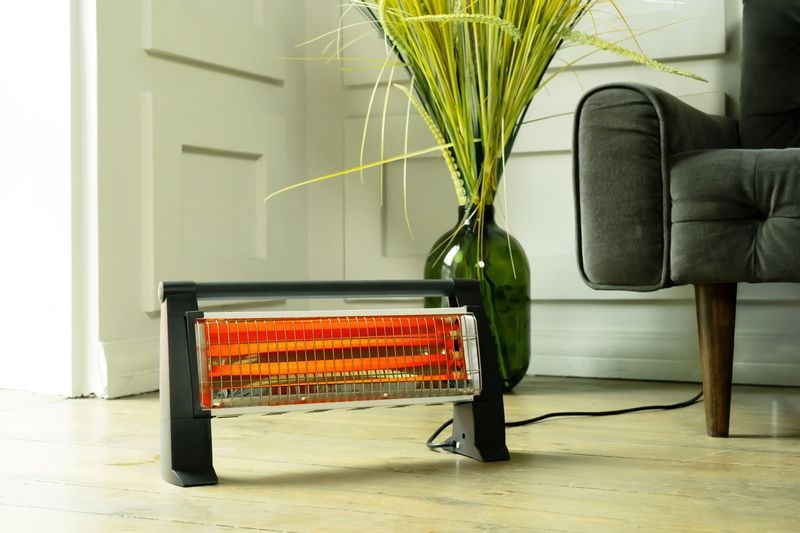As winter draws near, households across the UK increasingly rely on various home heating appliances to fend off the chill. From the cozy flicker of open fires and the traditional charm of wood-burning stoves to the modern convenience of portable electric heaters, these heating sources serve as both practical necessities and atmospheric enhancers. However, they bear inherent safety risks that, if ignored, can lead to dangerous consequences.
Each winter, fire services nationwide respond to an upswing in house fires related to heating equipment—most of which could have been avoided. This comprehensive guide provides crucial insights and practical advice on using home heating appliances safely, ensuring you and your loved ones remain warm and secure.
The Critical Importance of Heating Safety
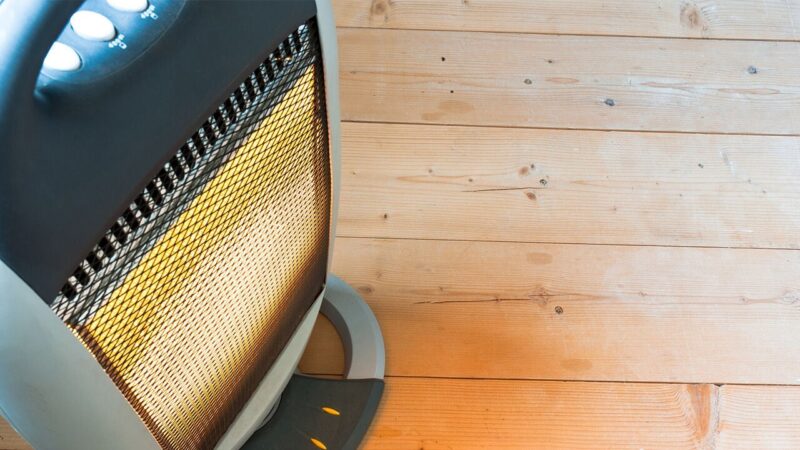
Heating appliances rank among the top causes of accidental home fires, particularly during the colder months. A fire can ignite within seconds and spread with alarming speed, especially when essential safety protocols are overlooked.
In the UK, numerous domestic fires annually result from the misuse or neglect of fireplaces, solid fuel stoves, and electric heaters. Often, seemingly minor mistakes—like positioning a chair too close to a heater, using incorrect fuel types, or leaving an open flame unattended—can lead to devastating outcomes.
Fortunately, most of these incidents can be effectively prevented through education and conscientious habits.
Essential Heating Safety Guidelines
Whether your home relies on central heating, electric heaters, or traditional fireplaces, the following precautions are pivotal in mitigating fire risks:
Maintain a Safe Distance for Flammable Items
Ensure all flammable materials—such as sofas, curtains, bedding, clothing, and paper—are kept at least one meter away from any heating source. It only takes one errant spark or prolonged heat exposure to ignite these materials.
Never Leave Heaters or Fires Unattended
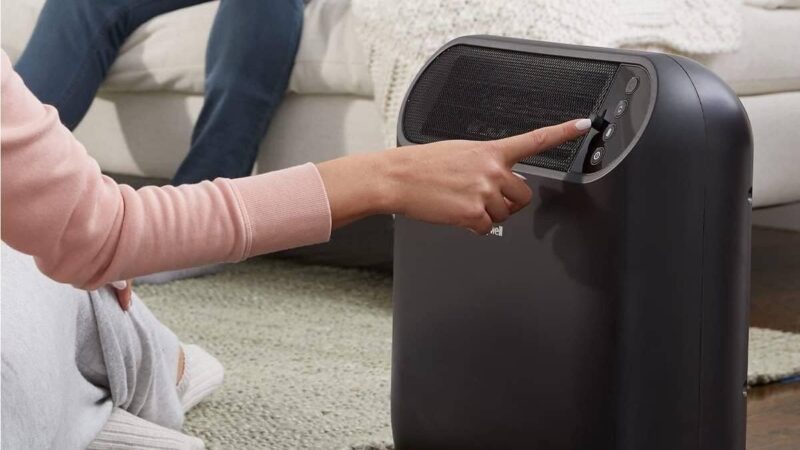
While it might be tempting to leave a heater on while stepping out briefly, doing so can be extremely dangerous. Always switch off heaters and extinguish fires before heading to bed or leaving your residence.
Use the Right Fuel
Always use appliances with their designated fuel types. Burning inappropriate materials—such as household waste or wet wood—not only releases harmful fumes but also heightens the risk of chimney fires due to creosote accumulation.
If you’re utilizing a wood-burning stove or open fire, opt for kiln-dried or seasoned firewood. These options provide a cleaner burn, produce less smoke, and diminish residue build-up. You’ll find a selection of premium firewood here, suitable for both efficiency and safety.
Install Smoke and Carbon Monoxide Alarms
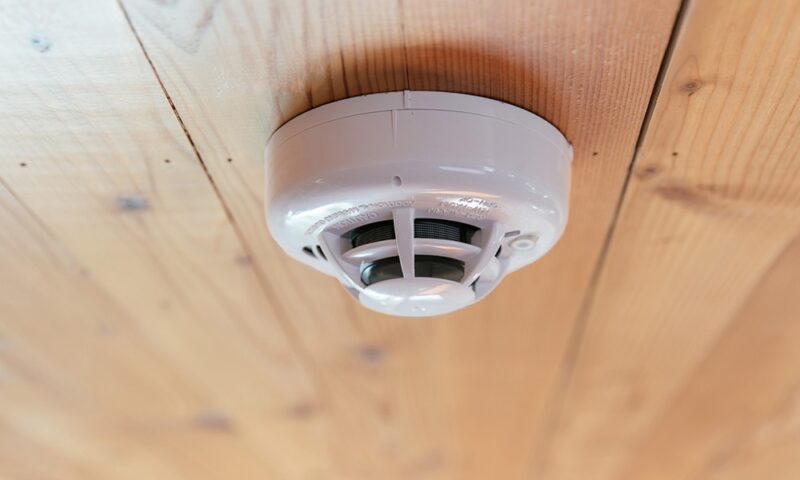
Every home should be equipped with functioning smoke alarms on each floor and in all main living areas. Test these alarms regularly—at least monthly—replacing batteries as necessary. For those using gas or solid fuel appliances, a carbon monoxide detector is an essential safeguard against this silent, lethal gas.
Schedule Annual Servicing
Make it a priority to have your heating systems, chimneys, and flues professionally inspected and cleaned annually. Chimneys can become obstructed by soot, tar, or even bird nests, while gas appliances require checks for leaks and proper ventilation.
Managing Fireplaces and Wood-Burning Stoves
Although nothing compares to the ambiance of a roaring fire on a cold evening, traditional fireplaces and wood stoves come with their own unique risks that need careful oversight:
Use a Fireguard
Always position a robust fireguard or screen in front of an open fire. This precaution helps prevent sparks or embers from escaping and potentially igniting nearby furnishings or flooring.
Burn Only Suitable Wood
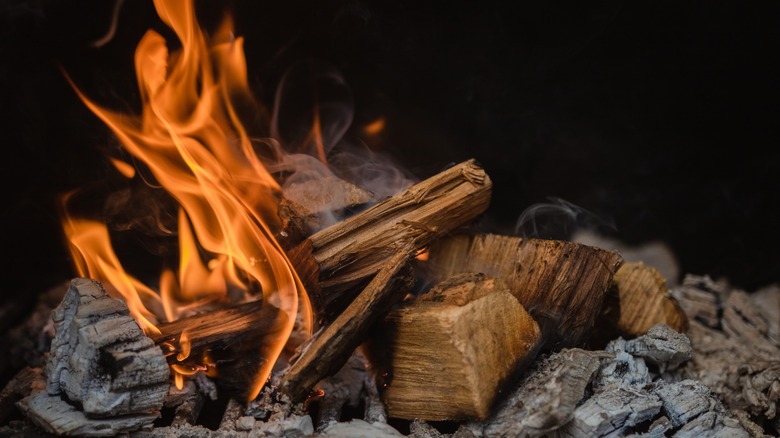
Refrain from using green wood, damp logs, or treated lumber, as these options burn inefficiently and emit excessive smoke and pollutants. Instead, choose kiln-dried firewood or well-seasoned logs, which burn hotter and more efficiently.
Dispose of Ashes Safely
Allow ashes from wood burners or fireplaces to cool completely—ideally overnight—before transferring them to a metal container with a secure lid. Store the container outdoors, away from combustible surfaces. Remember, embers can remain hot long after the fire appears extinguished.
Avoid Flammable Accelerants
Never utilize flammable liquids like petrol or lighter fluid to start a fire. Such substances can cause sudden flare-ups, posing significant fire risks. Stick to approved firelighters or kindling for safe fire ignition.
Electric and Portable Heater Safety

Portable electric heaters offer convenience and are extensively used, yet they demand cautious handling:
-
Select Reputable Models
Choose heaters that comply with current UK safety standards and bear the British Standard (BS) or CE mark.
-
Plug Directly into Wall Outlets
Avoid extension leads, which can overheat. Always plug heaters directly into a mains socket.
-
Keep Heaters Dry
Avoid using electric heaters in damp or wet areas, such as bathrooms, unless specifically designed for those environments.
-
Secure the Heater
Position heaters on flat, stable surfaces, ensuring they can’t be knocked over easily. Keep trailing wires tucked away to avoid trip hazards.
Chimney and Flue Maintenance

For homes with chimneys or flues connected to wood stoves or fireplaces, regular cleaning and inspection—preferably at least annually—is vital, especially if used frequently. Blockages can restrict airflow, increasing smoke backdrafts, and causing dangerous creosote build-up, which is highly flammable.
Always hire a certified chimney sweep and maintain records of services for insurance purposes.
Preparedness for Emergencies
No matter how diligent you are, preparedness for emergencies is crucial:
Ensure the presence of at least one fire extinguisher in your home and make sure all adults are familiar with its use.
Familiarize all household members with your fire escape plan.
Conduct occasional fire drills, especially important if you live with children or elderly relatives.
Educate family members on how to call emergency services, emphasizing the importance of clearly and calmly providing your address.
Final Thoughts
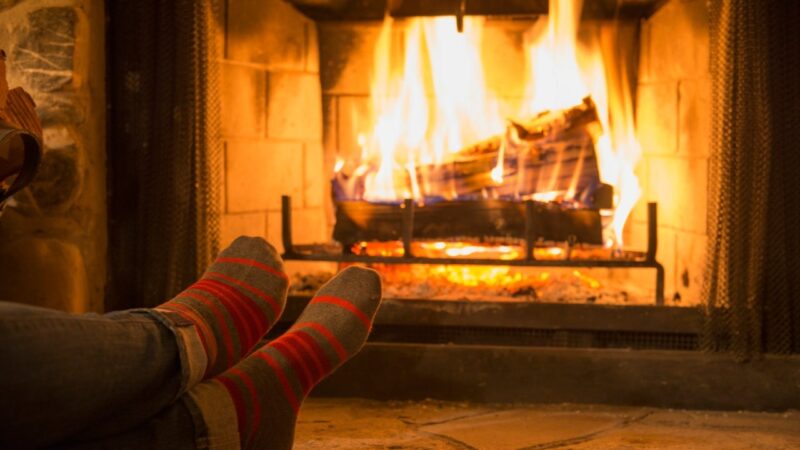
Heating your home should never compromise your safety. Whether savoring an evening by the fireplace or relying on an electric heater to warm your living space, the key to averting disasters lies in proper use, consistent maintenance, and prudent fuel selection.
A bit of foresight and awareness can significantly enhance the safety and coziness of your home during the colder months. When restocking your winter firewood, ensure you choose reliable, well-dried logs that burn cleanly and efficiently—there’s a valuable selection available here to help you heat your home safely and responsibly.
